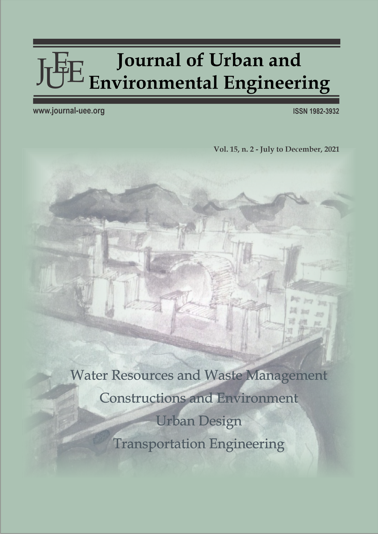A THEORETICAL MODEL FOR PREDICTING THE BEHAVIOUR OF BTEX IN THE UNSATURATED ZONE AND GROUNDWATER
Abstract
Fuelling stations are one of the most important forms of soil and groundwater contamination in urban areas around the world. In this work, a mathematical model was applied to assess the risk of physical media contamination (water, air and soil). The model is based on the chemical fuel and hydrological properties of each site. The group of hydrocarbons selected for applying the model were monoaromatic hydrocarbons: benzene, toluene, ethylbenzene and xylenes (BTEX). A mathematical model was used to evaluate the behavior of each compound in each partitioning phase (non aqueous liquid phase, dissolved, volatile and retained). Furthermore, it was analyze which compound has more affinity for each phase. Finally, mass flux of BTEX reaching groundwater was calculated according to steady flow under two different conditions: (1) considering only sorption and volatilization, and (2) adding biodegradation. In this study, it could be demonstrated that modeling BTEX behavior in soil gave good results for urban areas. The methodology applied in this work could be extrapolated to any site of the world with the same problematic. Particularly, the model could be used to determine the distribution of BTEX in the soil profile. Moreover, results exhibit that dissolution is the main process affecting BTEX transport in areas containing reduced unsaturated zones (less than two meters). Otherwise, when water table is placed at deeper depths, contaminants are predominately retained in soil. In all cases, the lowest proportion of BTEX were in the volatile phase. Using this information, zones with high and low risk of contamination could be easily defined in the city of Bahia Blanca, Argentina.Downloads
Download data is not yet available.
Downloads
Published
2021-04-09
Issue
Section
Articles




